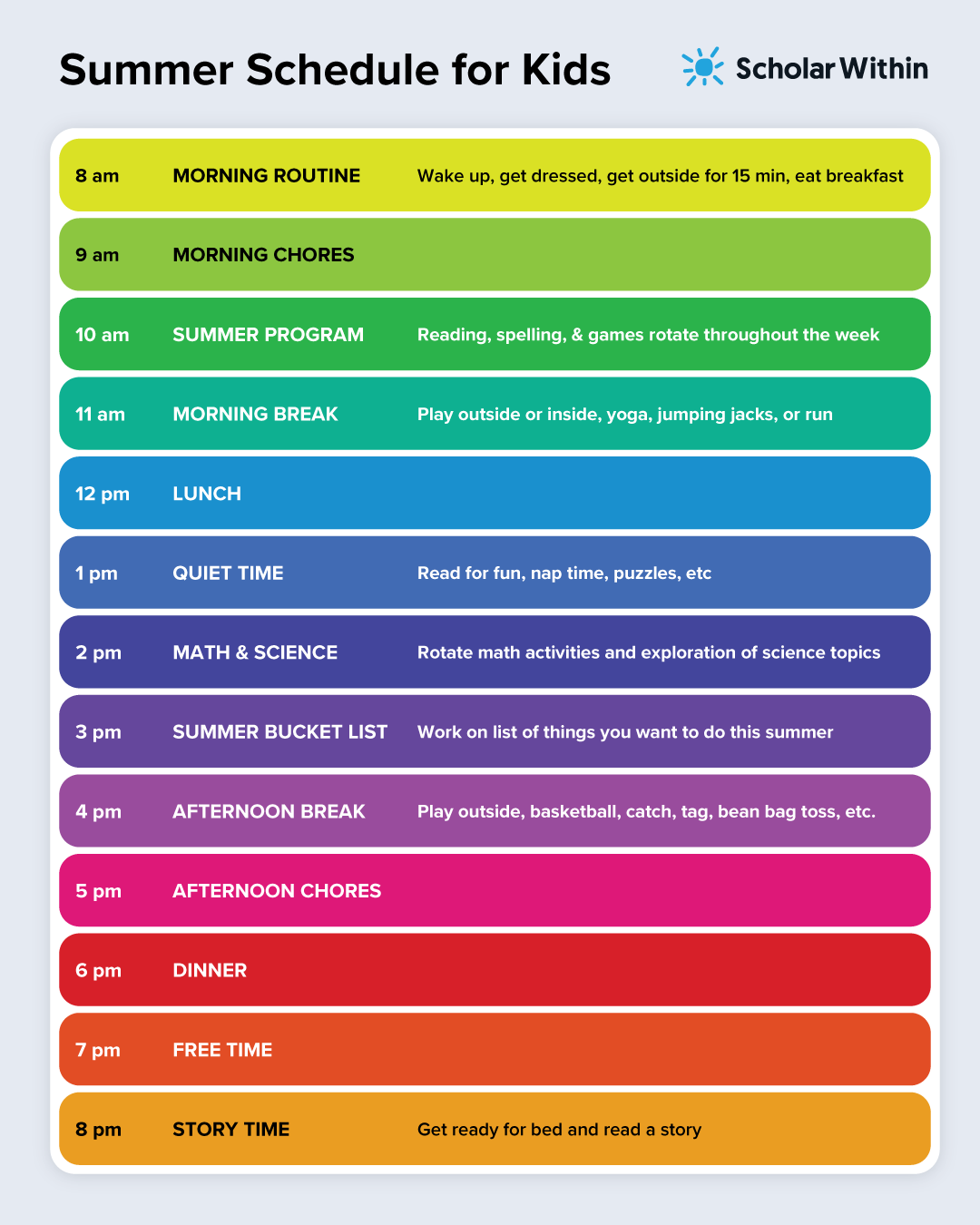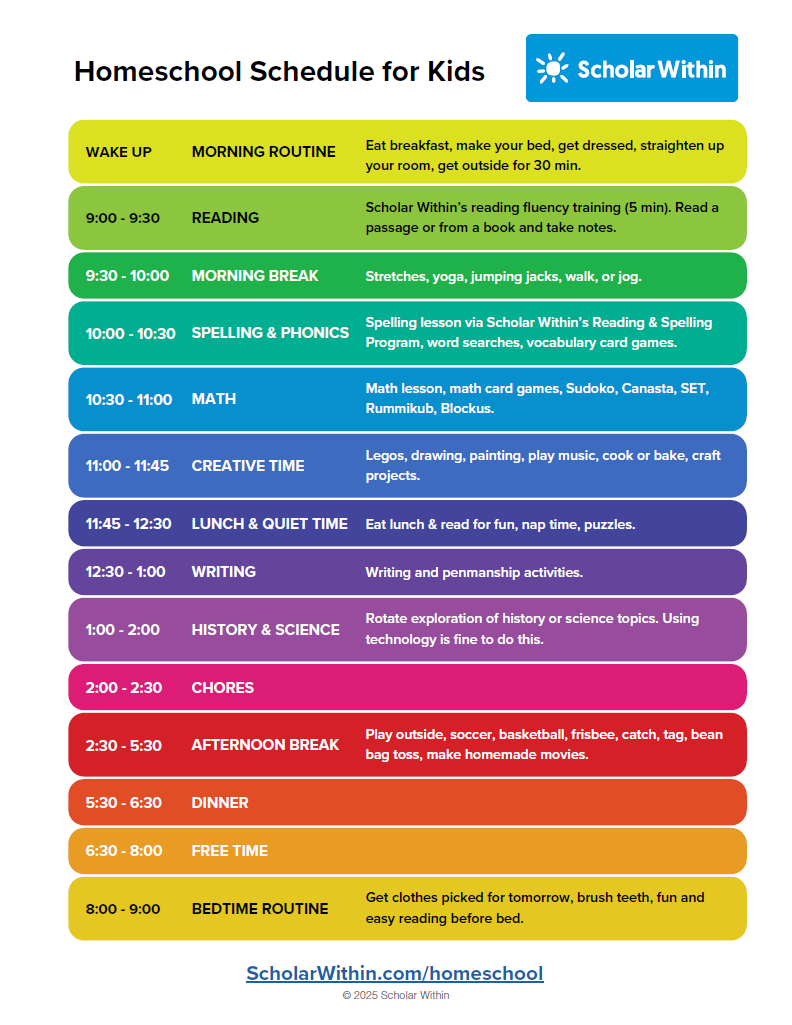
10 Best Practices to Improve Reading Comprehension
Reading comprehension is the ability to understand, analyze, synthesize, and use what you have read. When you use best practices for improving reading comprehension, it is easier to understand what you have read.
Are you reading aloud? Research has shown that the simple act of reading aloud can improve your reading comprehension. Whenever you use more than one sense (hearing, seeing, or doing) when you are learning, you are more likely to remember what you have read, and it’s easier to get a more complete understanding of the topic.
So, what are some other best practices you can use to boost your reading comprehension so that you can understand, analyze, and use what you have read? Continue reading this post 😊.
Reading Comprehension Best Practices
Specific best practices are used to assist readers with comprehension. Readers need to spend time reading, whether it’s reading a story, essay, article, or poem. Just spend time reading! To help students better understand what they have read, have them:
1. Read aloud
Reading aloud integrates auditory learning of listening to the words and tactile-kinesthetic learning of the act of saying the words aloud, which intrinsically builds reading comprehension. It is easier to remember what you read when you have not only visually read the words but also hear them while reading out loud.
An advanced reader can correctly read the passage aloud with proper intonation, expression, and attention to punctuation to help infer meaning from the text. If the reader is not as skilled, it can also help by having a more advanced reader read the passage while others follow along.
This is one of the reasons at Scholar Within, we have put together our Tap-to-Read – read-aloud technology for our reading selections. Take a look at some of our example selections. Tap on words to hear them aloud or press play to follow along.

Tap to Read – Read-aloud Technology from Scholar Within
2. Find the main idea
Making a conscious effort to identify the main idea of a passage can help improve your reading comprehension. What or who is this passage about? Why does it matter? Being able to quickly identify the subject of a passage can help the reader get a clear picture and understanding of what’s the point of what they are reading.
3. Find supporting details
Identifying a couple of supporting details or information about the main idea helps you get a more complete back story of who or what the passage is about. Again this is the act of consciously thinking about a few points that you can remember about what you have just read. Think of this as the ‘elevator pitch’ if you had to share what it is that you are reading to someone else.

5. Recognize story structure and key points
Can you quickly identify the structure of the reading selection? For example, does it have a beginning, middle, and end, or is it all about one topic?
If it is a story, what is the theme, the mood, who are the main characters, what are they doing?
What is the setting, is there a conflict, who is the protagonist, and who is the antagonist?
Breaking down the elements of a reading passage can help you get a more complete picture of what it is you have read and organize the various parts in an easy-to-understand way.
Before you read, try to do a quick preread of the selection. Is it a book? Read the back cover and the intro. Thumb through the pages of the book scanning titles and reading a few sentences throughout.
Doing a quick preread can help you familiarize yourself and get an idea of what it is that you are going to read before you read it.

4. Use graphic organizers
We love using graphic organizers to improve reading comprehension! Note-taking graphic organizers can help you organize the main idea and details of a passage in a visual way.
When you identified the reading selection’s structure or key points, was the passage informational or a story? Choose the appropriate organizer to write down what happened at the beginning, middle, and end, or use the informational organizer to write down details about what you have read. The act of writing (tactile-kinesthetic learning) helps you better remember what you have read.
How can you supercharge your note-taking? Try to take notes after you have read a selection.
Doing this will help you stretch your memory skills. After filling out some rough notes, it is okay to look back at the selection to help fill in your notes.
Use colored pencils to color-coordinate your notes. Draw pictures from the passage. Look for the connections between the main idea and details.
After you have taken notes on what you have read, you can take it even further by using a compare-contrast organizer to compare topics or a 5-W organizer (who, what, where, when, why, and how). Scholar Within’s Summer Reading & Spelling Program is loaded with graphic organizers to help you take notes and organize your thoughts more clearly.
It is amazing how confident kids can feel when they learn to take notes with a step-by-step organizer that is as easy as filling in the blanks.

6. Answer questions
Answering questions about what you have read can help you build your active recall skills. Research has shown that actively answering a prompt is more effective in learning subject matter than just passively reading or listening.
Try to find passages that have questions already made, along with critical thinking questions that make the reader think a little bit harder about the text.
Set up a regular practice of answering the questions a day or two days after you have read the passage. Doing this will help you build those long-term memory skills.
In Scholar Within’s summer reading program, your kids get two different leveled reading passages.
Additional questions you can ask about the reading selections:
- What is ________ ?
- How did ________ happen?
- When did __________ happen?
- Why did __________ happen?
- When did __________ happen?
- Who were the main characters?
- What was the theme or feeling of the reading?
- What was the mood?
Advanced Student Questions:
- Were there any examples of figurative language in the selections (similes, metaphors, etc.)?
- What conclusions can you draw? What evidence supports this?
- What is the relationship between the characters?
- What motives did the main characters (protagonist and antagonist) have?
- What would you cite to defend the actions of the main characters?
- What data was used to support the conclusion?
7. Generate questions
Generating questions is a great way to stretch yourself as a reader. What can you ask that you could answer from reading the selection? Are you reading in groups? Try to have each person generate different questions and have the others answer them. This is a great way to get a more complete understanding of what you have read when each person comes up with different questions.
8. Summarize what you have read
Put the reading selection into your own words and summarize what you have read. When you use your own words to describe what you have read, it makes it more relatable and more memorable to you. Draw from your own factual knowledge and draw analogies to the passage. Have you read anything similar before? Have you experienced anything similar? Making these connections helps you retain what you have read.
9. Practice using new vocabulary
Identifying and using the vocabulary you have read can help you further your understanding of the reading. Were there any words that you did not understand? Try to infer the meaning of the word from the context it was in. Look up the word in our favorite dictionary to get an easy definition that everyone can understand. Make flashcards with the vocabulary and try to use a few words each day.

10. Build background knowledge
Having background knowledge in various areas can help you make more connections to what you have read and more easily understand the reading selection. This can be from listening to podcasts, going to museums, learning from experts directly, or even from what you have read in other books. When you have a bigger factual knowledge base, it is easier to draw analogies and conclusions from what you have read.
When these reading comprehension best practices are used, comprehension improves and learning becomes easy. What are some of your favorite ways to improve reading comprehension? Let us know in the comments.
What Research Says About Reading Comprehension
Fielding and Pearson in Educational Leadership (1994) state: “Once thought of as the natural result of decoding plus oral language, comprehension is now viewed as a much more complex process involving knowledge, experience, thinking, and teaching. It depends heavily on knowledge—both about the world at large and the worlds of language and print. Comprehension inherently involves inferential and evaluative thinking, not just literal reproduction of the author’s words.”
Keeping this in mind, it is refreshing to see that Fielding and Pearson mention knowledge and experience as important pieces of comprehension. Each reader brings with them a memory bank of past knowledge and experiences to whatever they are reading. This memory bank is then ‘tapped into’ during the reading process. Associations are made with prior knowledge. This, then, helps the reader to comprehend and use the information they have just read.
How does comprehension fit into the other principles of reading?
Comprehension is important for every student. It is the fifth principle of reading. Comprehension brings together the principles of reading: phonemic awareness, phonics, fluency, and vocabulary. This makes it so that you can read and understand quickly. This also aids in your use of and understanding words, sentences, and paragraphs quickly. When you are able to read quickly, comprehend, categorize, and use what you have read, true learning happens.
The Five Principles of Reading
Phonemic Awareness
Phonics
Fluency
Vocabulary
Comprehension
For more direct instruction on improving reading skills that includes the five principles of reading, enroll in our Summer Reading Program. Here, we teach the five principles of reading in a step-by-step way through video lessons and worksheets.

Who is Scholar Within?
Scholar Within was founded by learning expert Bonnie Terry, M.Ed., BCET. Bonnie began designing and developing her own custom educational tools when she started her private learning center in the 1990s. Teachers kept asking what she was using with the kids who saw her because of the dramatic improvements that the kids made in school. From there, Bonnie decided to make her materials available to teachers and families worldwide.
Now, Bonnie Terry has turned her materials into a full-service online program that you can follow step-by-step at home, on your schedule. School alone is not enough anymore. Bonnie’s programs boost your kid’s overall learning skills by focusing on improving the auditory, visual, and tactile processing areas of your brain to make it work more efficiently.
Learn more about Scholar Within.



